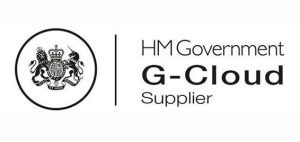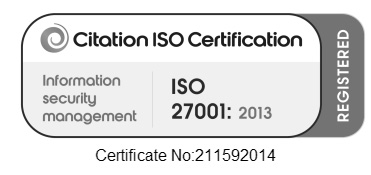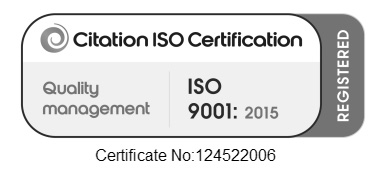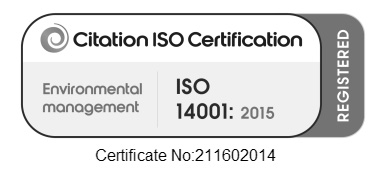As we head out of the pandemic, it’s clear that remote working
is here to stay — whether that might be an employee based at
home full-time, or a new, hybrid model that sees colleagues
attend a workplace on a part-time basis.
In fact, a study by CIPD predicts that remote working on a permanent basis is set to double from pre-Covid levels, which means that organisations now need to look to long-term IT strategies to help support these new operational practices.
One year on from the outbreak of the crisis, businesses are finding that the ‘kneejerk’ systems put in place to quickly allow employees to do their roles from the safety of their own homes are not sustainable going forward and are now assessing what infrastructure is needed to support a secure and effectual user experience.
Once you have gathered all this data and carried out a gap analysis to identify what needs changing, you can then embark on the design phase. This stage will help you understand exactly how you can bring about that change — including the scope and cost of the work that needs to be carried out — to help meet your business objectives. The plan can then be put into action, and your internal or external IT resource can work to disrupt day-to-day operations as little as possible.
How do I know I have achieved a great user experience? The only way to know if you’ve accomplished your goal of creating a seamless experience is by asking the users themselves — again! The user groups should reconvene to provide feedback on if the targets were met, and if the issues brought up in the initial sessions have now be worked out.
Another way to identify if the project has been successful is though the monitoring of service desk enquiries. Considerably less support tickets raised is usually a sign that employees are having no problems with the new systems — teething issues notwithstanding.






